Measurement - Length, Weight and Capacity Chapter Notes | Mathematics Olympiad for Class 1 PDF Download
What is Measurement?
Measurement helps us understand the size, weight, or how much something can hold. We use measurements every day without even thinking about it—whether it's checking how tall we are, how heavy our school bag is, or how much water we need to fill a glass. Measurement: Length, Weight and CapacityLet's explore the three key types of measurement:
Measurement: Length, Weight and CapacityLet's explore the three key types of measurement:
- Length: How long or short something is.
- Weight: How heavy or light something is.
- Capacity: How much a container can hold (especially liquids).
Measuring Length: From Ancient Times to Today
What is Length?
Length tells us how long or short an object is. Long ago, people didn’t have rulers or measuring tapes. Instead, they used parts of their body to measure things!
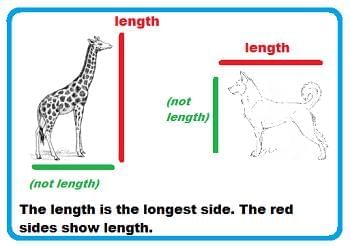
Ancient Ways of Measuring Length
- Handspan: The distance from the tip of your thumb to the tip of your pinky finger when your hand is fully stretched.
- Footstep: The length of your foot, used to measure distances on the ground.
- Cubit: The distance from your elbow to the tip of your middle finger.
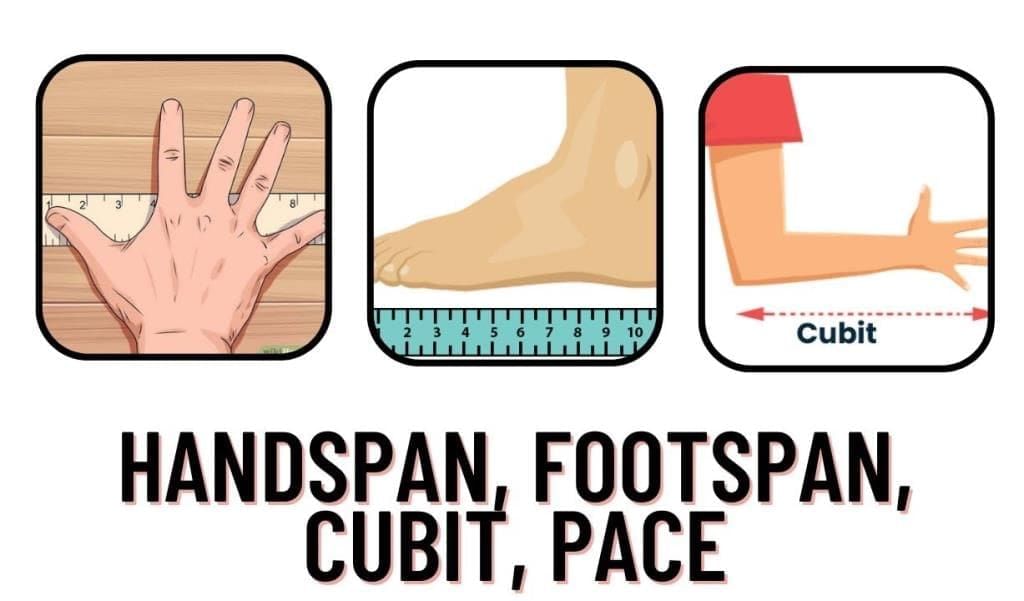
These methods were helpful but not very accurate, because everyone’s handspan or footstep is different!
Modern Measurement Tools
Today, we use centimeters (cm), meters (m), and kilometers (km) to measure length. These units are the same for everyone, making measurements more accurate!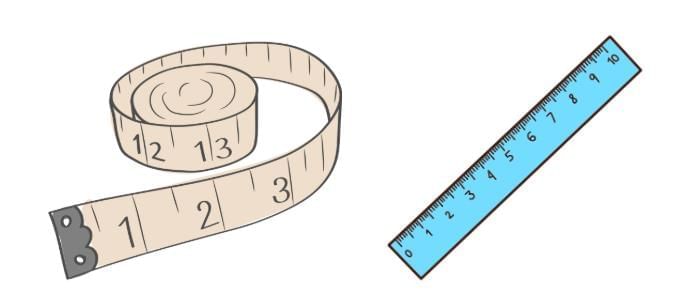 Measuring Tape and Ruler
Measuring Tape and Ruler
Example:
- Measure the length of your notebook using a ruler. How many centimeters is it?
- The height of a table is often measured in meters. Can you think of something around you that is 1 meter tall?
Activity 1: Measure Objects Around You
- Use your handspan to measure the length of your desk.
- Then, use a ruler to measure it in centimeters. Compare the two measurements. Which one is more accurate?
Measuring Weight: From Stones to Scales
What is Weight?
Weight tells us how heavy or light something is. In the past, people used stones to measure weight by comparing objects to see how many stones they weighed.
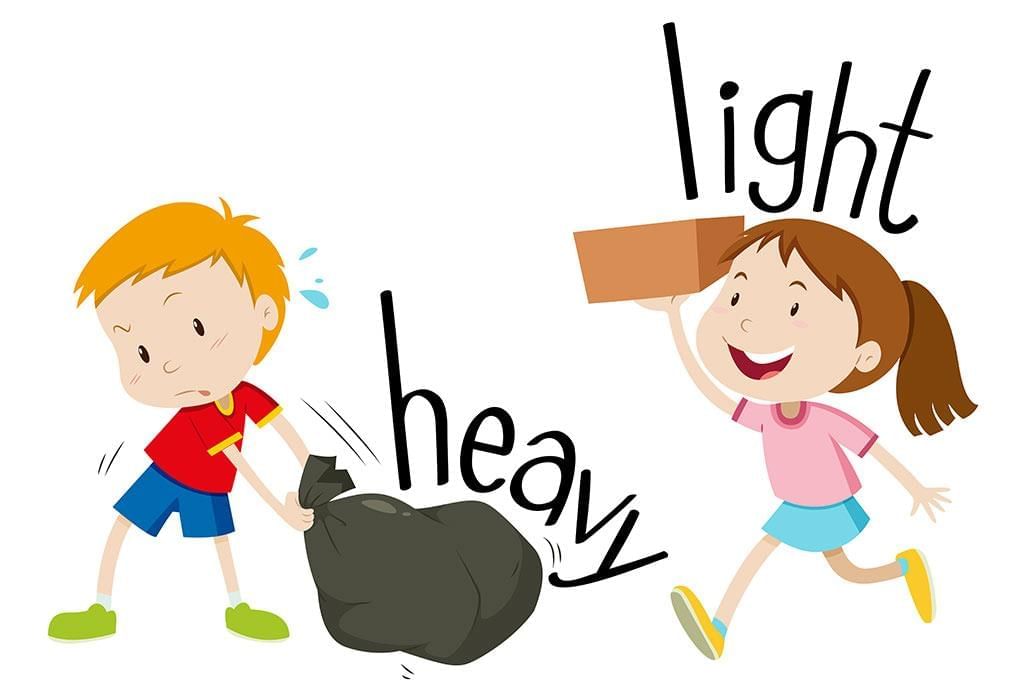
Ancient Ways of Measuring Weight
Balance Scale: They would put the object they wanted to weigh on one side of the scale and place stones or other weights on the other side. When the scale balanced, they knew how much the object weighed.
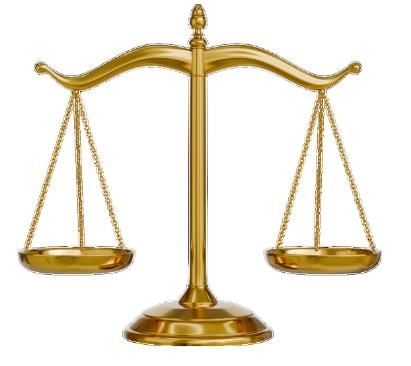 Weighing Scale
Weighing Scale
Modern Measurement Tools
Today, we use grams (g) and kilograms (kg) to measure weight. Digital scales or weighing machines are used to measure weight accurately.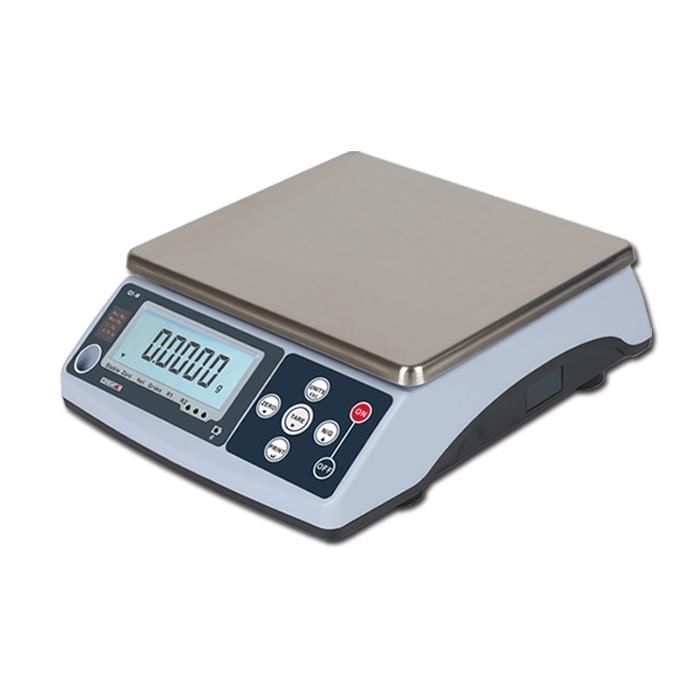 Digital Scale
Digital Scale
Example:
A packet of chips weighs about 50 grams, while a watermelon weighs around 2 kilograms.
Activity 2: Weighing Items at Home
- Pick up three different objects from your home, like an apple, a book, and a toy.
- Guess which one is the heaviest and which is the lightest.
- Then, if you have a weighing scale, measure their weight and see if your guess was right!
Measuring Capacity: From Pots to Liters
What is Capacity?
Capacity tells us how much liquid a container can hold. Long ago, people used pots, bowls, and jugs to measure liquids, guessing how much liquid a container could hold.
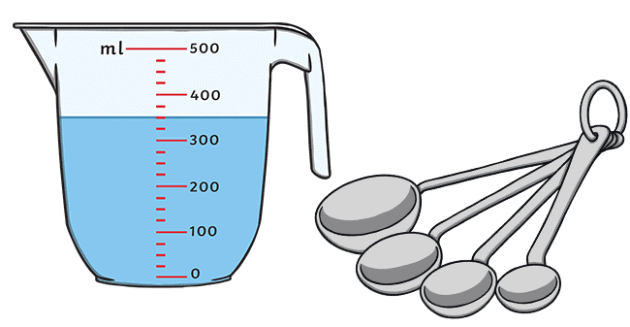 Capacity
Capacity
Ancient Ways of Measuring Capacity
Earthen Pots: People would fill large earthen pots with water and count how many smaller pots of water they could hold.
Modern Measurement Tools
Today, we use milliliters (ml) and liters (L) to measure liquids. These units help us measure liquids in bottles, juice cartons, and milk packets.
Example:
A 1-liter water bottle can hold 1 liter of liquid.
A glass of water might hold about 200 milliliters.
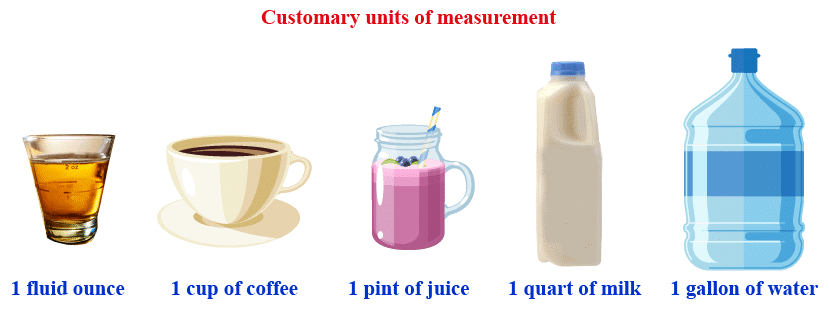
Activity 3: Measuring Water
Take different containers from home—like a glass, a jug, and a bottle.
Pour water from the glass into the jug and see how many glasses it takes to fill the jug.
Then, try pouring water from the bottle into the glass. How many glasses of water can the bottle hold?
Why Standard Measurements Matter
Standard measurements help everyone measure things the same way, whether they’re in different countries or working on different projects. Without standard measurements, like centimeters, meters, grams, and liters, it would be hard to know the exact size, weight, or capacity of something.
Example:
Imagine if one person says a cloth is “5 hands long” and another person says it’s “10 steps long.” Using standard units like meters helps everyone understand the exact size without confusion.
Word Problems Using Measurements
Example 1: Measuring Length
Rani wants a ribbon 50 centimeters long but only has a ribbon that is 35 centimeters long. How much more ribbon does she need?
Solution:
50 cm – 35 cm = 15 cm
Rani needs 15 centimeters more ribbon.
Example 2: Measuring Weight
Riya buys two bags of fruit. One bag weighs 3 kilograms, and the other weighs 2 kilograms. What is the total weight of both bags?
Solution:
3 kg + 2 kg = 5 kg
The total weight of both bags is 5 kilograms.
Example 3: Measuring Capacity
Ram pours 500 milliliters of juice into a jug. If the jug can hold 1 liter of juice, how much more juice can be poured into the jug?
Solution:
1 liter = 1000 milliliters
1000 ml – 500 ml = 500 ml
Ram can pour 500 milliliters more juice into the jug.
|
29 videos|109 docs|65 tests
|
FAQs on Measurement - Length, Weight and Capacity Chapter Notes - Mathematics Olympiad for Class 1
| 1. What is measurement and why is it important? |  |
| 2. How has the method of measuring length evolved over time? |  |
| 3. What are some traditional units of weight and how do they compare to modern measurements? |  |
| 4. Why are standard measurements crucial in daily life? |  |
| 5. How can word problems help in understanding measurements better? |  |





















